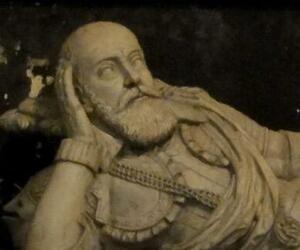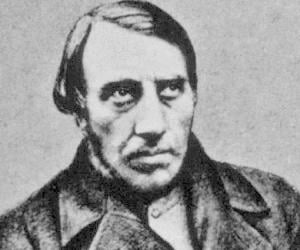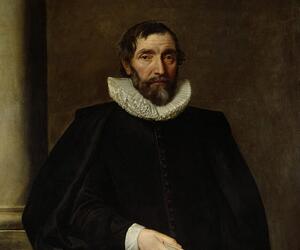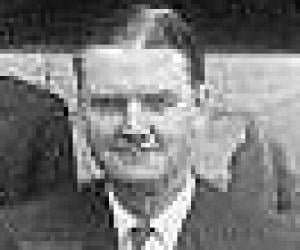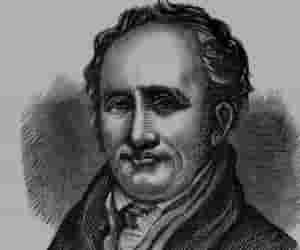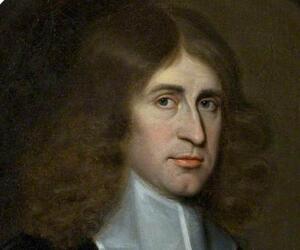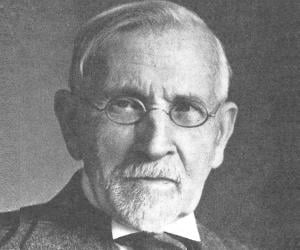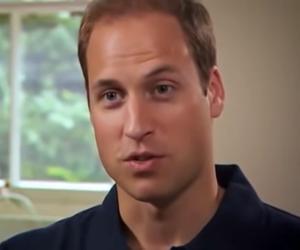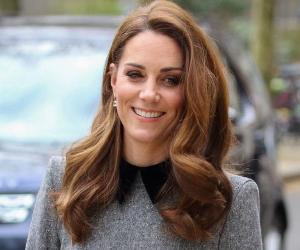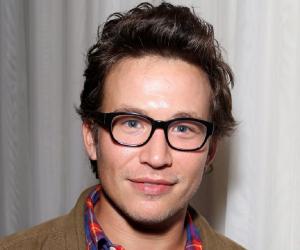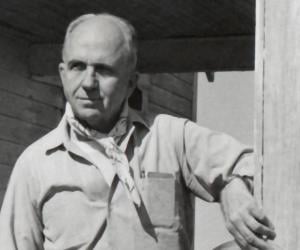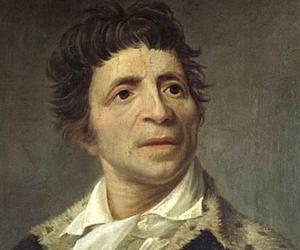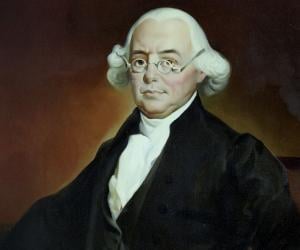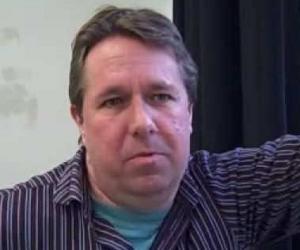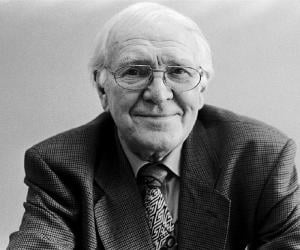Catherine “Kate” Middleton became the Duchess of Cambridge after her marriage to Prince William in 2011. Associated with countless charities, Kate and William started a mental-health campaign named Heads Together. Kate also gave rise to the “Kate Middleton effect" in the fashion world and was named to Time 100.
Jonathan Taylor Thomas, best known as Randy Taylor from Home Improvement, also voiced young Simba in the 1994 animation film The Lion King. He later left acting to study and eventually joined Harvard and Columbia universities. He also appeared in Tom and Huck and voiced Pinocchio in a live-action movie.
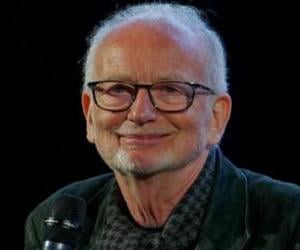
Best known to fans as Emperor Palpatine or Darth Sidious in the Star Wars movie series, Scottish actor Ian McDiarmid also had a successful career in British theater. His performance as Teddy in the play Faith Healer won him a Tony Award, while he earned an Olivier Award for the play Insignificance.
French political theorist, scientist, and physician Jean-Paul Marat was a key figure of the French Revolution. He published his radical views in pamphlets and newspapers, such as L'Ami du people. He was held responsible for the September massacres. His assassination by a Girondin supporter made him a Jacobin martyr.

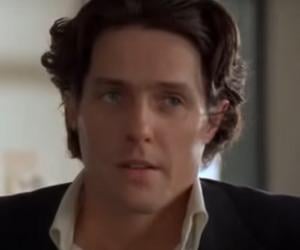
A distant cousin of actor Helena Bonham Carter, Crispin Bonham-Carter is a successful actor and theater director in his own right. Best known as Mr. Bingley from the BBC miniseries based on Jane Austen’s Pride & Prejudice, he has previously also taught English in a school for a decade.
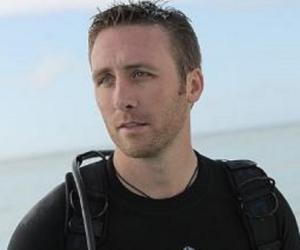
Known for the documentary Ocean's Deadliest, which he co-hosted with Steve Irwin, oceanographer Philippe Cousteau Jr. also earned an Emmy nomination for his work in Awesome Planet. The grandson of naval officer Jacques-Yves Cousteau, Philippe had lost his father, sailor and filmmaker Philippe Cousteau, 6 months before his birth.
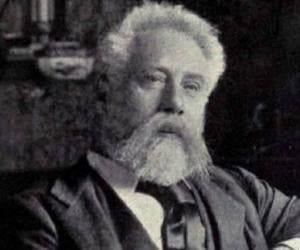
Best known for his short poem Invictus, William Ernest Henley was a Victorian-era British poet and author. A disease he contracted in childhood caused one of his legs to be amputated. It is believed, he was the inspiration behind the crippled character Long John Silver in RL Stevenson’s Treasure Island.
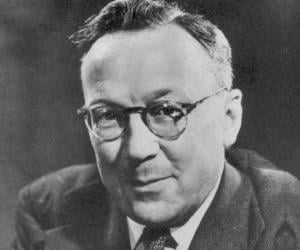
Robert Watson-Watt, often called the father of radar was a British physicist who did pioneering work in radio direction finding (RDF) and radar technology. He developed high-frequency direction finding (huff-duff) as a system for locating lightning. It was later introduced during the Second World War and played an instrumental role in intelligence, mainly in catching enemy radios while they transmitted.
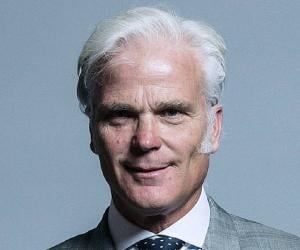
James Wilson was an American statesman, legal scholar, politician, and founding father of the United States of America. He served as an Associate Justice of the United States Supreme Court from 1789 to 1798. A leading legal theorist, he played a key role in drafting the United States Constitution. He was also a professor of law.
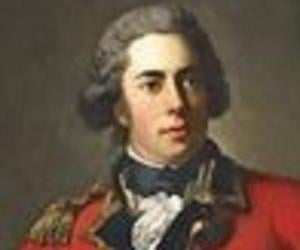
Part of the Scottish royal Bruce family, Thomas Bruce, became the 7th Earl of Elgin at age 5. He later joined the army and became a Lieutenant General. A classical art lover, he later became famous for his collection of Greek marble sculptures, mainly acquired from the Parthenon in Athens.
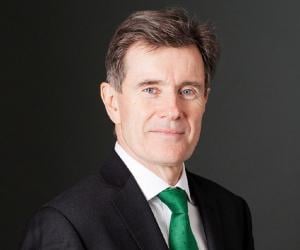
Former MI6 chief John Sawers has also been a Permanent Representative of the UK to the UN and the British ambassador to Egypt. His work has taken him to Yemen, Syria, and South Africa. A descendant of the aristocratic Stratford family, he later founded Newbridge Advisory and also taught at King's College London.
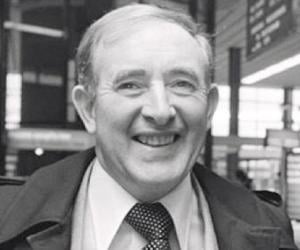
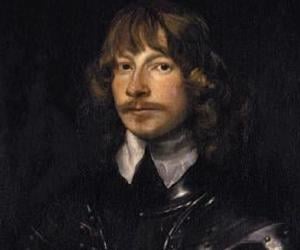
Known as The Great Montrose, James Graham, 1st Marquess of Montrose was not just a Scottish nobleman and military leader but also a talented poet. He won many battles for Charles I but was defeated in the Battle of Carbisdale, following which he was hanged to death in the Edinburgh marketplace.
Sir James W. Black was a Scottish pharmacologist and physician. Black, who became interested in the study of the human heart and its reaction to adrenaline, developed a beta-blocker named propranolol to treat heart diseases. He is also credited with developing cimetidine, a drug used to cure stomach ulcers. He was honored with the 1988 Nobel Prize for Medicine.
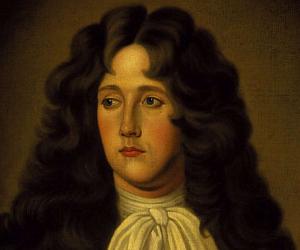
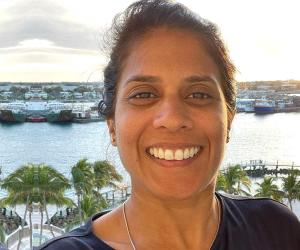
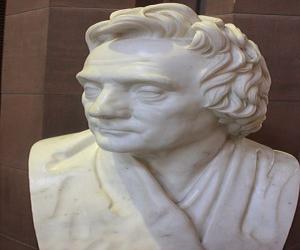
Scottish Presbyterian minister and political economist Thomas Chalmers has been immortalized by the town of Port Chalmers in New Zealand, named after him. An ordained minister, he was initially a math lecturer. He later became the Free Church of Scotland’s first moderator. He tried applying Christian ethics to economic problems.
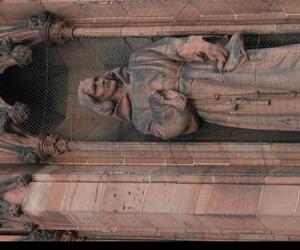
Once the court poet of King James IV of Scotland, William Dunbar remains one of the most reputed Chaucerians of his time. Known for allegorical pieces such as The Goldyn Targe, he also penned works such as Flyting of Dunbar and Kennedie, directed against his rival Walter Kennedy.

James Ivory was a British mathematician and astronomer best remembered for developing Ivory's Theorem. In 1814, he was honored with the prestigious Copley Medal for publishing several important memoirs.
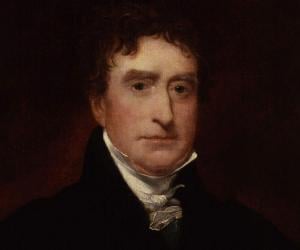
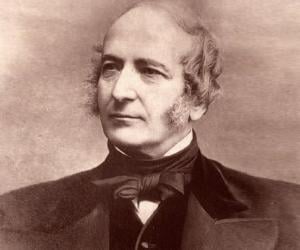
Glasgow-born civil engineer John Scott Russell is best remembered for his contribution to naval architecture. He was the first to build a naval battleship entirely made of iron, the HMS Warrior. His written works include the 3-volume The Modern System of Naval Architecture. He also discovered Russell's solitary wave.
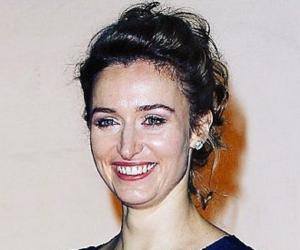
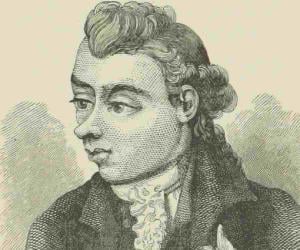
Robert Fergusson was a Scottish poet whose works had a major impact on contemporary poet and lyricist Robert Burns. Although Fergusson's career was brief, he achieved immense popularity for his work in the Scots language. He died at the age of 24 and the brutal circumstances of his demise inspired the creation of the Royal Edinburgh Hospital.
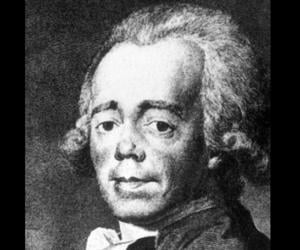
Best known for publishing The Family Shakespeare volumes, which made Shakespeare’s plays appealing to children, Thomas Bowdler was also a qualified doctor. His technique of diluting Shakespeare’s works gave rise to the word bowdlerize, which describes the over-simplification of books, films, or series, for making them family-friendly.
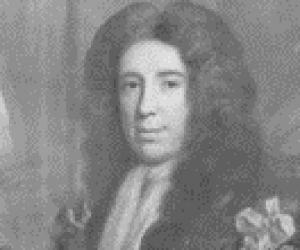
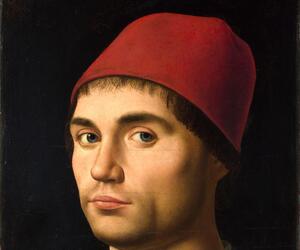
Robert Henryson was a poet who found success in Scotland between 1460 and 1500 AD. Many of his works, including the famous Morall Fabillis, were composed in Middle Scots. Although little is known about Henryson, evidence suggests that he had training in the humanities and law. It is also said that Henryson might have worked as a teacher as well.
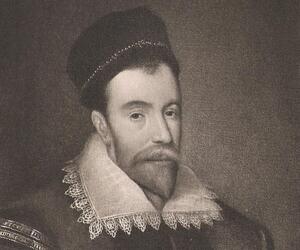

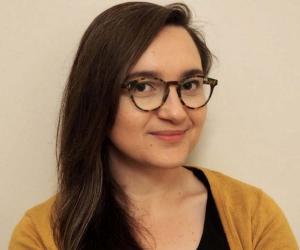
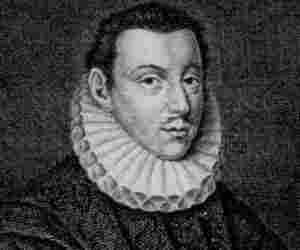
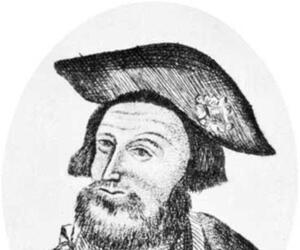
David Lyndsay was a Scottish herald and poet whose literary work is often counted among the finest of the Renaissance. A well-known makar, David Lyndsay is depicted among the 16 Scottish poets and writers on the famous Scott Monument in Edinburgh.
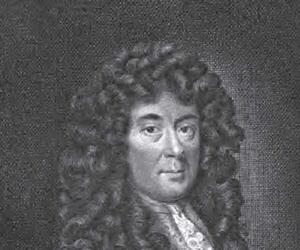

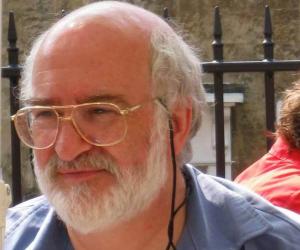
Alastair Reid was a Scottish poet best remembered for his lighthearted style of poetry. A scholar of South American literature, Reid is also known for his translations of the works of popular South American poets like Pablo Neruda and Jorge Luis Borges. Alastair Reid also worked as a teacher and contributed immensely as a writer for The New Yorker magazine.
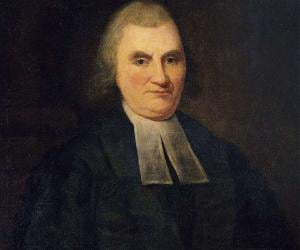
John Witherspoon was a Scottish American slaveholder, Presbyterian minister, and Founding Father of the United States. A signatory to the Declaration of Independence, Witherspoon also signed the Articles of Confederation. He also played a crucial role in shaping public policy in the United States of America.
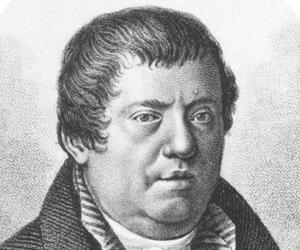
Sir John Leslie, 4th Baronet, was a Scottish physicist and mathematician remembered for conducting research into heat. In 1802, he became the first person to give the first modern account of capillary action. In 1810, Leslie froze water using an air-pump, becoming the first person to produce ice artificially. He is also known for developing a device called Leslie cube.

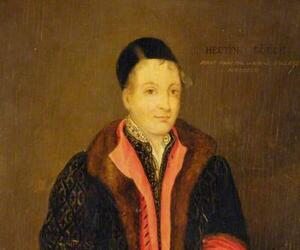
Hector Boece was a Scottish historian and philosopher best remembered for his role as the first principal of King's College, a precursor of the University of Aberdeen, where he often delivered lectures on divinity and on medicine. He is also remembered for his books, History of the Scottish People and Lives of the Bishops of Murthlack and Aberdeen.
